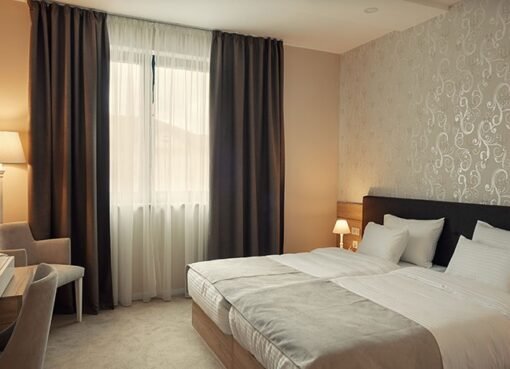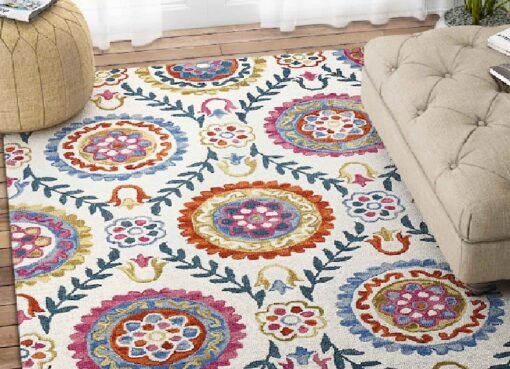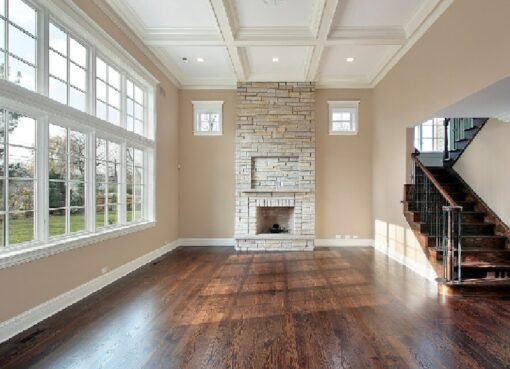Why Are Mosque Carpets More Than Just Floor Coverings?

In the realm of Islamic architecture and design, mosque carpets hold a significance that extends far beyond their utilitarian role. These intricately woven tapestries are more than just floor coverings; they are a bridge between the earthly realm and the spiritual world. To understand the true essence of mosque carpets, one must delve into their rich history, symbolism, and craftsmanship.
The beauty of a mosque carpet lies not only in its stunning design but also in its profound symbolism. When you step into a mosque and place your feet on the soft, inviting carpet, you are not just standing on a piece of fabric; you are stepping onto a canvas of devotion, history, and culture.
Mosque carpets have a history that stretches back centuries, mirroring the evolution of Islamic art and culture. They have witnessed the rise and fall of empires, the spread of Islamic civilization, and the artistic achievements of countless generations. Each carpet is a testament to the craftsmanship of its makers, who often spent months, if not years, weaving intricate patterns and designs.
“What Makes Mosque Carpets a Testament to Masterful Artistry?”
The materials used in mosque carpets are also carefully chosen. Traditionally, wool and silk have been the primary materials, known for their durability and luxurious texture. The natural dyes used to color these materials are often derived from plants, creating a rich and harmonious palette. In some cases, craftsmen even incorporate gold and silver threads to add a touch of opulence.
What truly sets mosque carpets apart is the level of detail in their designs. Some carpets feature intricate floral motifs, while others depict scenes from Islamic history and culture. These details are not simply decorative; they often carry deeper symbolic meanings, telling stories of faith, heritage, and identity.
The process of creating a mosque carpet is a collaborative effort that brings together weavers, designers, and artisans. It’s a labor of love that can take months or even years to complete. Every knot tied, every thread woven is a testament to the dedication and skill of those involved.
In a world where mass production often overshadows craftsmanship, mosque carpets stand as a testament to the enduring value of handcrafted artistry. They are not just rugs; they are expressions of culture, faith, and creativity. Each one is a masterpiece waiting to be discovered and appreciated.
“Are Mosque Carpets a Symbol of Unity in Diversity?”
In the vibrant tapestry of Islamic culture, mosque carpets stand out as symbols of both unity and diversity. How do these carpets reflect the diverse cultures and traditions within the Islamic world while also fostering a sense of unity among Muslims?
These regional differences are not a source of division but rather a celebration of the rich tapestry of Islamic culture. Mosque carpets from various parts of the world often find their way into mosques in other regions, creating a beautiful mosaic of styles and traditions. This intermingling of diverse carpet traditions reflects the global nature of Islam, where Muslims from different backgrounds come together in worship.
Yet, beneath this diversity lies a powerful undercurrent of unity. Regardless of their regional origin, mosque carpets all serve the same fundamental purpose: to provide a clean and sacred space for prayer and reflection. When a Muslim stands on a mosque carpet, they are connected not only to their local community but to the global ummah, the worldwide community of believers.
Read more: https://scarals.com/


